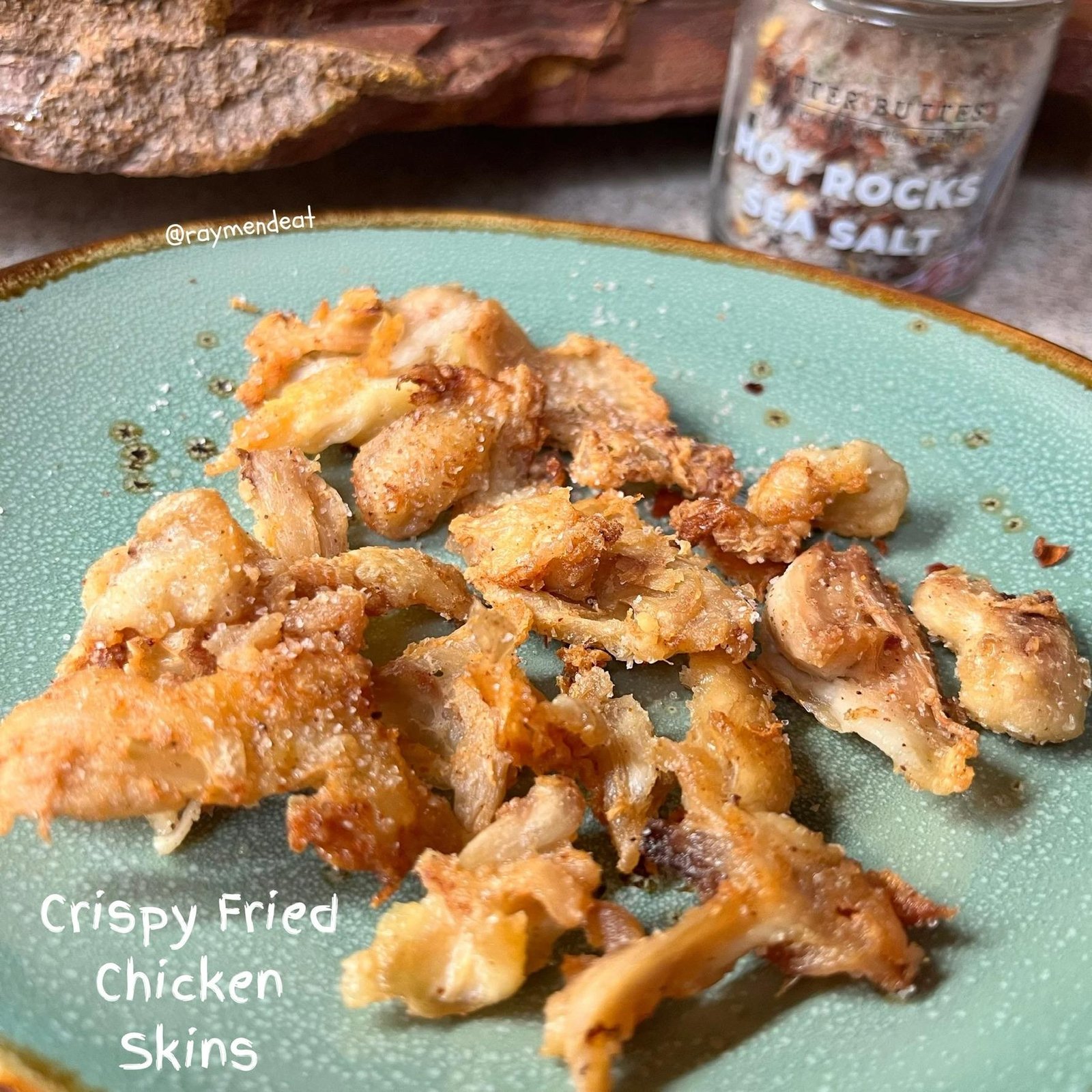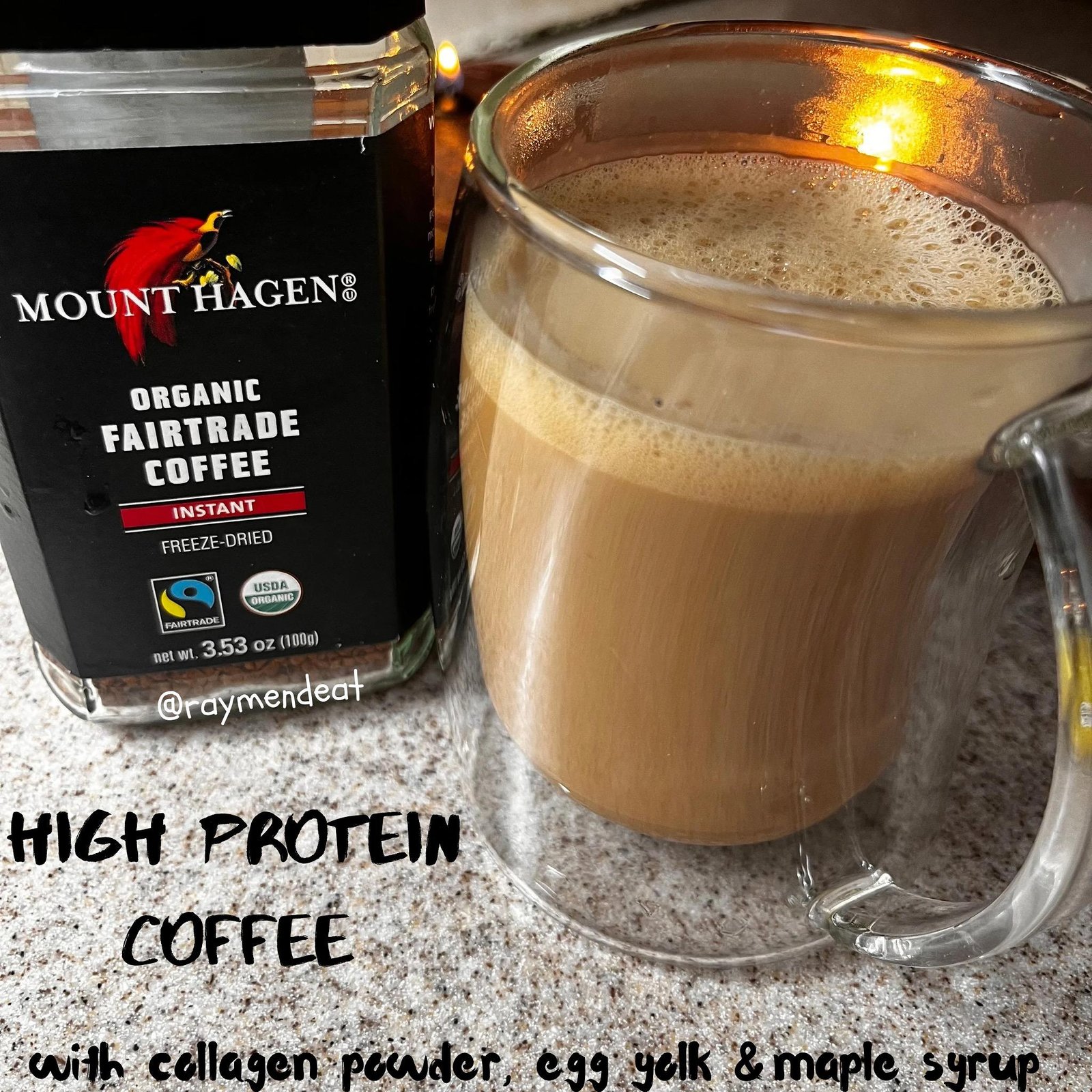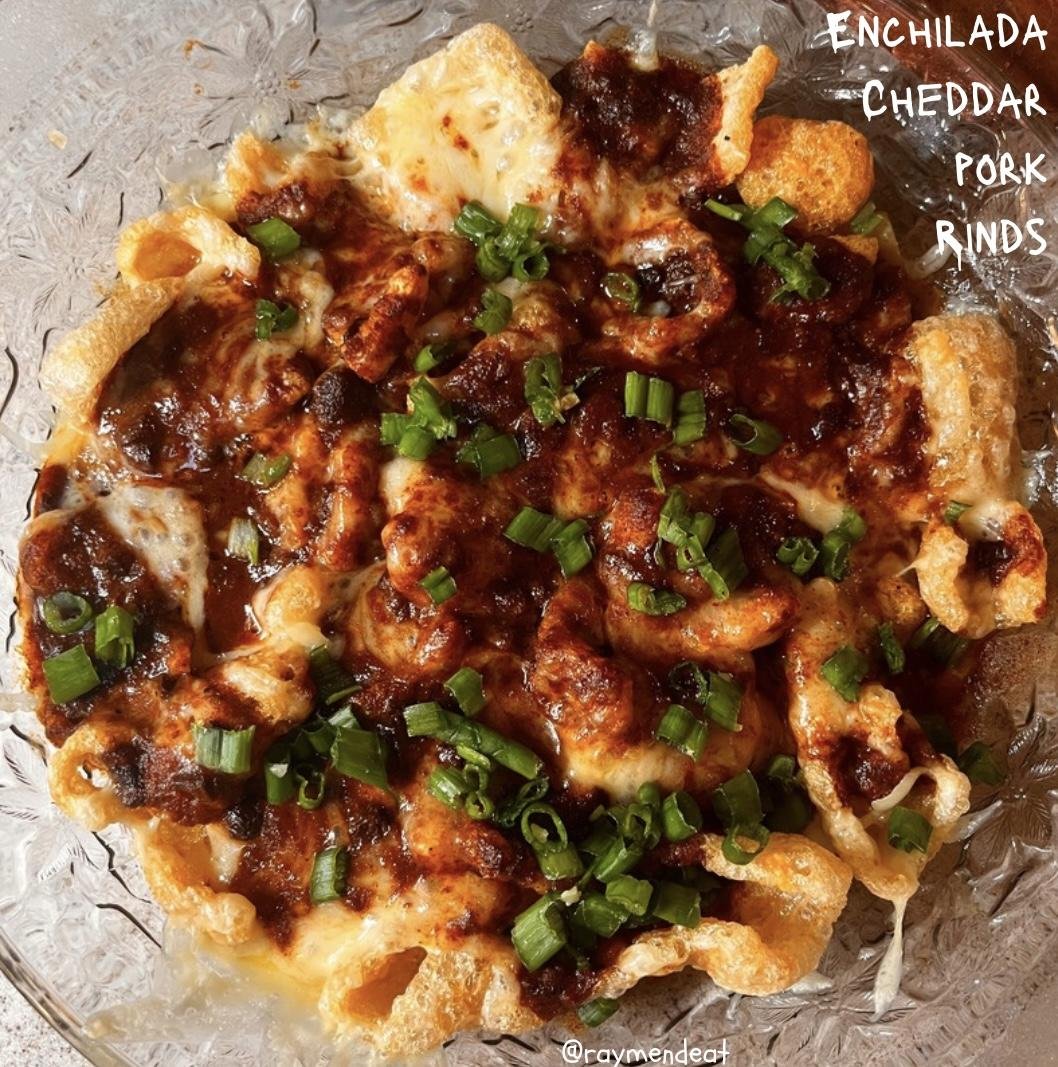How I eat a high glycine, high protein, and lower methionine diet
- This topic has 24 replies, 4 voices, and was last updated 10 months, 1 week ago by
 Cari.
Cari.
-
AuthorPosts
-
August 5, 2024 at 11:43 pm #2971
Recently, I’ve seen a bit of a renewed interest in restricting methionine around the “Peat-o-Sphere,” if we can call it that. I’ve seen it suggested for extending lifespan, weight loss, and also to treat long term diseases, like cancer.
There is a big problem with the idea, however. The rat studies that show benefits in this regard restrict methionine to the extreme. The human equivalent would be 200mg a day or less. This is in no way practical, if eating any higher protein food. Even 40 grams of gelatin or collagen protein contains more than 300mg of methionine, gelatin doesn’t even have that much. So, you would have to restrict protein to about 10-20 grams a day, depending on composition. I don’t think such a diet would be all that pleasant, and would probably lead to other health problems pretty quickly.
However, I think some of the benefits of the methionine restriction (in the rat studies) might have been from improving the glycine to methionine ratio. You can do this by lowering methionine, increasing glycine, or both. This is a much better way to go, in my opinion, and can really be done at any sort of protein level.
It also addresses another issue. I heard a podcast from Alex Leaf from Examine, where he suggested that pretty much all humans, and really all vertebrates, are running a chronic, lifetime glycine deficit. The argument was pretty convincing, and thinking about it, all of the parts of the body that require a higher percentage of glycine (like skin, nails, hair, veins, tendons, ligaments and such) are the very same things that are the prime targets of so called “aging,” aka, degeneration. Methionine restriction might improve glycine status to a degree, as glycine is required to eliminate extra methionine. So, less methionine coming in, more glycine available for other parts of the body to use.
Personally, I have been experimenting with this idea for the past 9 months or so, and have really increased the glycine to methionine ratio, while still eating around 150g of protein a day. I decided to target a higher amount of glycine, like 20-30 grams a day. I figured these amounts would help restore tissues that might be deficient in glycine. I really didn’t see a way to get to the 30 grams a day without supplements. So the four things I used to really increase glycine was pure glycine powder (clearly a supplement), collagen peptide and gelatin (could be considered a food or a supplement, depending), and beef tendon (clearly a food). Even without the supplemental glycine powder, I could still get to 15-20g a day. As this first post is getting long, I will post some of the strategies I used below, along with some cronometer snapshots, to illustrate not just the higher glycine intake, but how methionine (and the other inflammatory aminos) can be lowered by about 40-50% with some of the dietary shifts I used.
August 7, 2024 at 12:05 am #2982Okay, so here’s my basic strategy I’ve used.
First, I usually drink 2 cups of coffee a day. To this coffee, I’ve added sugar and either cream or milk. The first thing I did was add 2 scoops of (about 20g) of collagen peptides to each coffee. It dissolved perfectly, didn’t add any weird taste (if anything, it may have enhanced it a bit), and gets me 40g of collagen protein (7.5g of glycine) right off the bat. I was using a protein shake before this, so in some ways, I was just swapping a low glycine high methionine protein for a high glycine/low methionine one. A hot liquid is good, because any protein with a lot of glycine in it can’t be dissolved all that well in cold liquids.
Next, I would take 5 grams of glycine with meals, especially if I eat something like yogurt, as it mixes in perfectly. This is really a pure supplement, but again, I didn’t see any way to get to high levels of glycine without it (unless I wanted to eat like, 300g of protein a day or something, which I didn’t want to do, or just eat pure gelatin/collagen, which can lead to nausea pretty quickly).
For dinner, I usually cooked up a meal in the instant pot with a pound of something like eye round or chicken, a pound of beef tendon, and would add extra gelatin for more protein and glycine.
I will also make fruit flavored gelatin, using juice, sugar, and lots of gelatin. This is a great snack, and a good way to get more glycine and gelatin.
This is the framework I usually follow (I’m consistent, but not rigid), and have been doing it for 9 months now. I’ve not noticed any negatives. I have lost weight (mostly fat) during this time, although there are other factors that have probably helped this. I did notice some improvements to my skin. Hasn’t been miraculous type improvements, but more modest. I plan to continue this framework, going forward. I’ll post some cronometer shots next.
August 7, 2024 at 1:36 am #2983Anonymous
What about minerals. Does gelatin have a lot of minerals? It seems beans being a seed have WAAYYY more minerals and vitamins?
August 7, 2024 at 3:42 am #2986@questforhealth they “seem” like they have a lot of minerals but the are bound up and can’t be utilized. They take minerals and vitamins out with them and have all kinds of other issues…
“Besides fasting, or chronic protein deficiency, the common causes of hypothyroidism are excessive stress or “aerobic” (i.e. anaerobic) exercise, and diets containing beans, lentils, nuts, unsaturated fats (including carotene), and undercooked broccoli, cauliflower, cabbage, and mustard greens. Many health conscious people become hypothyroid with a synergistic program of undercooked vegetables, legumes instead of animal proteins, oils instead of butter, carotene instead of vitamin A, and breathless exercise instead of stimulating life.” -Ray Peat
“The various specific actions of the many estrogenic substances in beans and other legumes haven’t been throughly studied, but there is evidence that they are also–like estrogen itself–both mutagenic and carcinogenic.” -Ray Peat
“Beans and lentils happen to be powerful anti-thyroid agents, so it isn’t surprising to see indications of decreased aerobic capacity, resulting from decreased peak oxygen consumption( 5) in association with the chronic fatigue syndrome (CFS), if that syndrome is caused by chronic exposure to dietary legumes.” -Ray Peat
“The estrogenic properties of legumes were studied when sheep farmers found that their sheep miscarried when they ate clover. (I think it’s interesting how this terribly toxic effect has been neglected in recent decades.) All legumes have this property, and all parts of the plant seem to contain some of the active chemicals. In beans, several substances have been found to contribute to the effect. The estrogenic effects of the seed oils and the isoflavones have been studied the most, but the well-known antithyroid actions (again, involving the oils, the isoflavones, and other molecules found in legumes) have an indirect estrogen-promoting action, since hypothyroidism leads to hyperestrogenism. (Estrogens are known to be thyroid suppressors, so the problem tends to be self-accelerating.)” -Ray Peat
“The various specific actions of the many estrogenic substances in beans and other legumes haven’t been throughly studied, but there is evidence that they are also–like estrogen itself–both mutagenic and carcinogenic.” -Ray Peat
“Special preparation is needed to reduce the toxicity of seeds, and in the case of beans, these methods are never very satisfactory.”- Ray Peat
August 7, 2024 at 12:34 pm #2987Anonymous
I dont think Peat is right about beans. Beans feel like they raise testosterone and make me stronger. Also I’m bordering on hyperthyroid and beans don’t change that.
phytoestrogens block the human estrogen from binding. Milk contains actual estrogen with no plant chemicals to protect us/stop the binding…
I don’t understand what Dr Peat had against beans…
Beans are the opposite of estrogenic. Phytoestrogen isn’t always bad. Can be because some are strong like the ones in beer and soy but regular types of beans not so much. Yes also goitrogens but those block iodine uptake, if you have been drinking lots of milk growing up like me you will be borderline hyperthyroid and thats a good thing to balance yourself out. The japanese eat miso soup (goitrogen, soy, cabbages) with seaweed for iodine and are fine.
August 7, 2024 at 5:12 pm #2990“What about minerals. Does gelatin have a lot of minerals? It seems beans being a seed have WAAYYY more minerals and vitamins?”
What about them? True, gelatin doesn’t have a significant amount of minerals. So what? It is basically pure protein, and a great source of extra glycine, the best whole food source there is. This thread is about how I personally eat high glycine, low methionine, and still eat a high/normal amount of protein.
I eat about 3000 calories a day. Most days, I use about 50g of gelatin and collagen powder within foods. Protein is about 4 calories per gram, so that is 200 calories coming from gelatin and collagen powders. That leaves 2800 (more than 90%) of foods left to get vitamins and minerals. This isn’t an either/or situation. There is no perfect food, but that doesn’t matter, because you aren’t limited to eating one particular food.
Your concerns here are off topic. I don’t eat beans regularly, but there is nothing stopping you from eating beans and using some of my glycine raising strategies in your own diet, if you so choose.
August 7, 2024 at 6:35 pm #2991Anonymous
But we have to think for the future. What if we won’t be allowed to have cows. I think the future will be more plant based.
August 7, 2024 at 6:43 pm #2992I like what you are doing here @Zack Vegas . I have been focusing on higher gelatin in my diet as well, but only recently started taking it further past having a good meal with bone broth everyday. Here are some of the things I have incorporated this last month and posted on my Instagram @raymendeat to get my gelatin up that are not bone broth…


 August 7, 2024 at 6:47 pm #2993
August 7, 2024 at 6:47 pm #2993@questforhealth “But we have to think for the future. What if we won’t be allowed to have cows. I think the future will be more plant based.”
Everyday is different and we should make the best choices possible in that moment, not live now a famine future.
August 7, 2024 at 6:59 pm #2994@Zack Vegas here are a couple more of my gelatin sources…


-
AuthorPosts
- You must be logged in to reply to this topic.